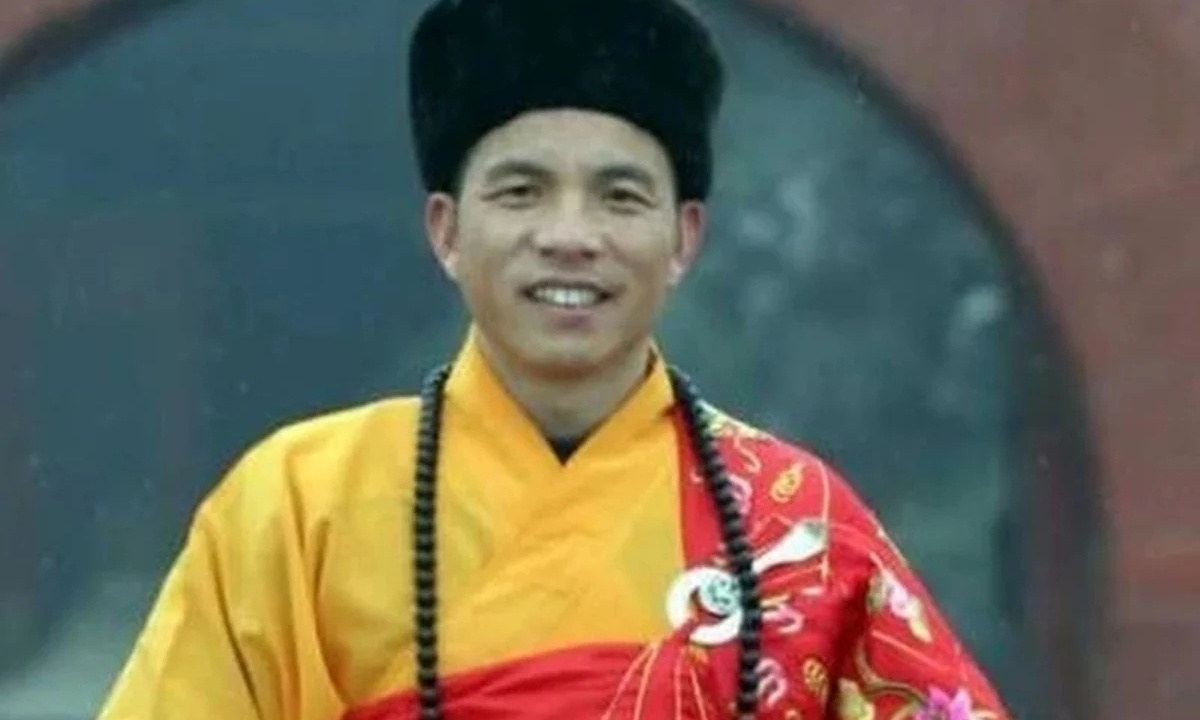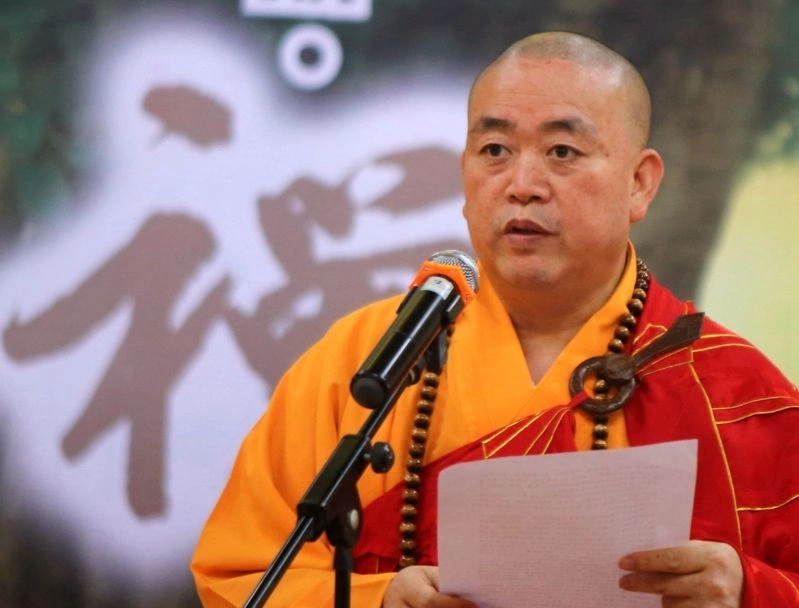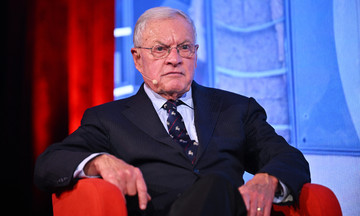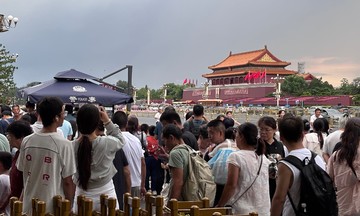The Shaolin Temple released a statement today: "In accordance with the 'Procedure for the Appointment of Abbots of Han Buddhist Temples', and following unanimous agreement from the Shaolin monks and the completion of all related procedures, Venerable Yinle has been invited to assume the position of abbot."
 |
The new abbot of Shaolin Temple, Shi Yinle. Photo: Shanghai Daily |
The new abbot of Shaolin Temple, Shi Yinle. Photo: Shanghai Daily
Venerable Shi Yinle will lead the Shaolin Temple, replacing former abbot Shi Yongxin, who is under investigation for alleged criminal offenses, embezzlement, and misappropriation of temple funds from various projects. He is also accused of serious violations of Buddhist precepts, maintaining inappropriate relationships with multiple women over an extended period, and fathering children.
Abbot Shi Yinle was born in July 1966 in Tongbai County, Henan Province, China, and entered monastic life in 1982 under the guidance of Venerable Haibai at Mount Tongbai.
Known for his calm demeanor, he previously led the White Horse Temple in Luoyang City, Henan Province. Chinese media report that during his time at the White Horse Temple, he demonstrated management skills, organized internal affairs, oversaw construction of significant Buddhist halls, and enhanced the temple's cultural influence and significance while preserving its sanctity.
The White Horse Temple, established in 68 AD under the patronage of Emperor Ming of Han during the Eastern Han Dynasty, is the first Buddhist temple in China.
Founded over 1,500 years ago, the Shaolin Temple, also in Henan Province, is the birthplace of Chan Buddhism and a UNESCO World Heritage Site, renowned as the origin of Shaolin Kung Fu.
 |
Former Shaolin Temple abbot Shi Yongxin. Photo: CNS |
Former Shaolin Temple abbot Shi Yongxin. Photo: CNS
The Buddhist Association of China announced on 28/7 the revocation of Shi Yongxin's ordination certificate. This certificate serves as identification for ordained individuals, confirming their formal ordination and recognition as members of the Sangha (Buddhist monastic community). The certificate typically includes information such as their Dharma name, birth name, place of origin, birth year, preceptor's name, and the temple where they were ordained. Revocation of this certificate signifies the loss of monastic status and expulsion from the Sangha.
Vu Hoang (Xinhua, Shanghai Daily)












